
Bridge over the River Kwai Located in Kanchanaburi Province, Thailand, it is an important historical place. Incredible and beautiful riverside atmosphereHere’s an introduction to this renowned structure:
Historical Significance: The Bridge over the River Kwai gained global fame through the eponymous novel and film.
It is part of the Death Railway. Prisoners of war and workers built it during World War II under Japanese occupation.Visiting the bridge offers a poignant look into the wartime past.
Engineering Feat: This iron bridge, though rebuilt after the war, stands as a testament to the engineering skills of its time. It’s a striking example of the arch and truss design, showcasing the craftsmanship of those who constructed it.

Picturesque Riverside: The bridge spans the serene River Kwai, offering visitors panoramic views of the lush Thai landscape. The calm waters and the surrounding greenery, therefore, create a picturesque backdrop for reflection and exploration.
Cultural Exploration: The nearby Kanchanaburi War Cemetery and JEATH War Museum offer insight into the region’s wartime history.Travelers can delve into the local culture and learn about the events that transpired during that tumultuous period.
Train Rides: The Death Railway’s train still runs across the bridge, offering an evocative journey for tourists. The experience allows you to traverse the same path as those who once worked on this historic railway.

Scenic Beauty: Beyond its historical significance, the area around the Bridge over the River Kwai boasts scenic beauty, with opportunities for river cruises, jungle treks, and waterfall visits, making it a destination with natural and historical appeal.
The Bridge over the River Kwai is a living testament to the past, blending history, engineering, and culture amid stunning natural beauty. It offers a unique and thought-provoking experience.
Additionally, let’s continue to Three Pagoda Pass which is in the same area of the province.
More pictures here



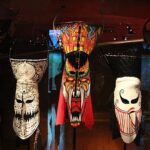
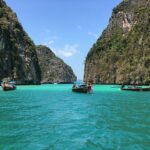
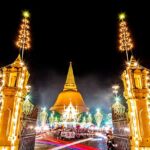

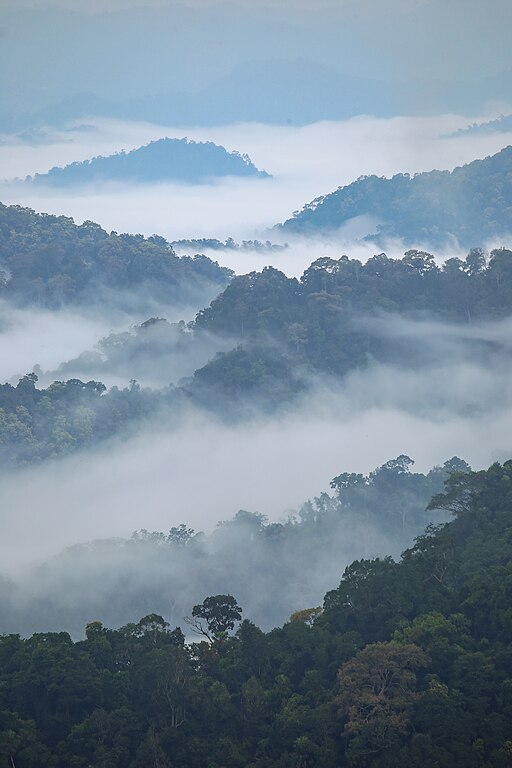
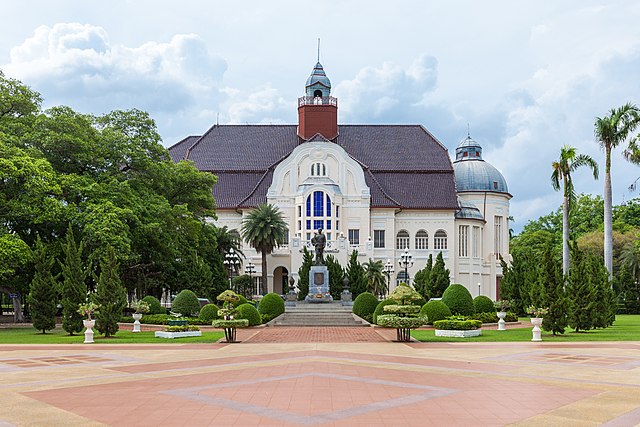
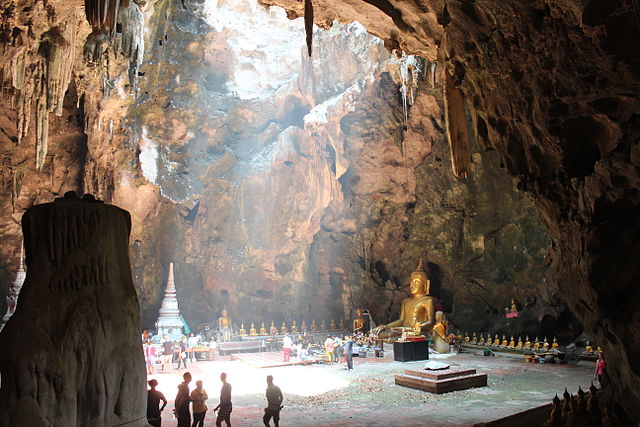
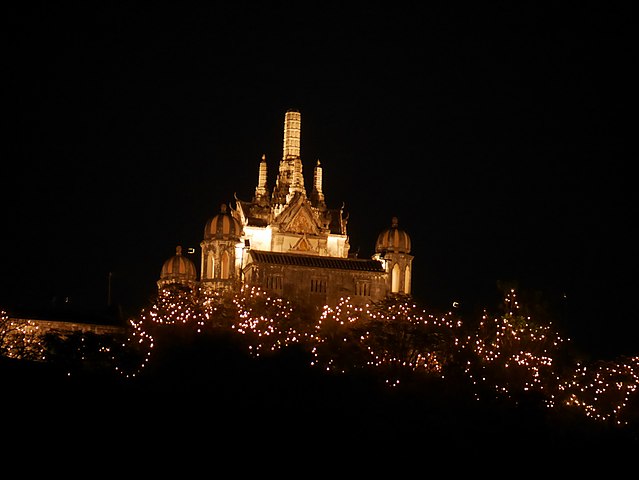

One thought on “Bridge over the River Kwai: A Symbol of History and Natural Beauty”
Comments are closed.